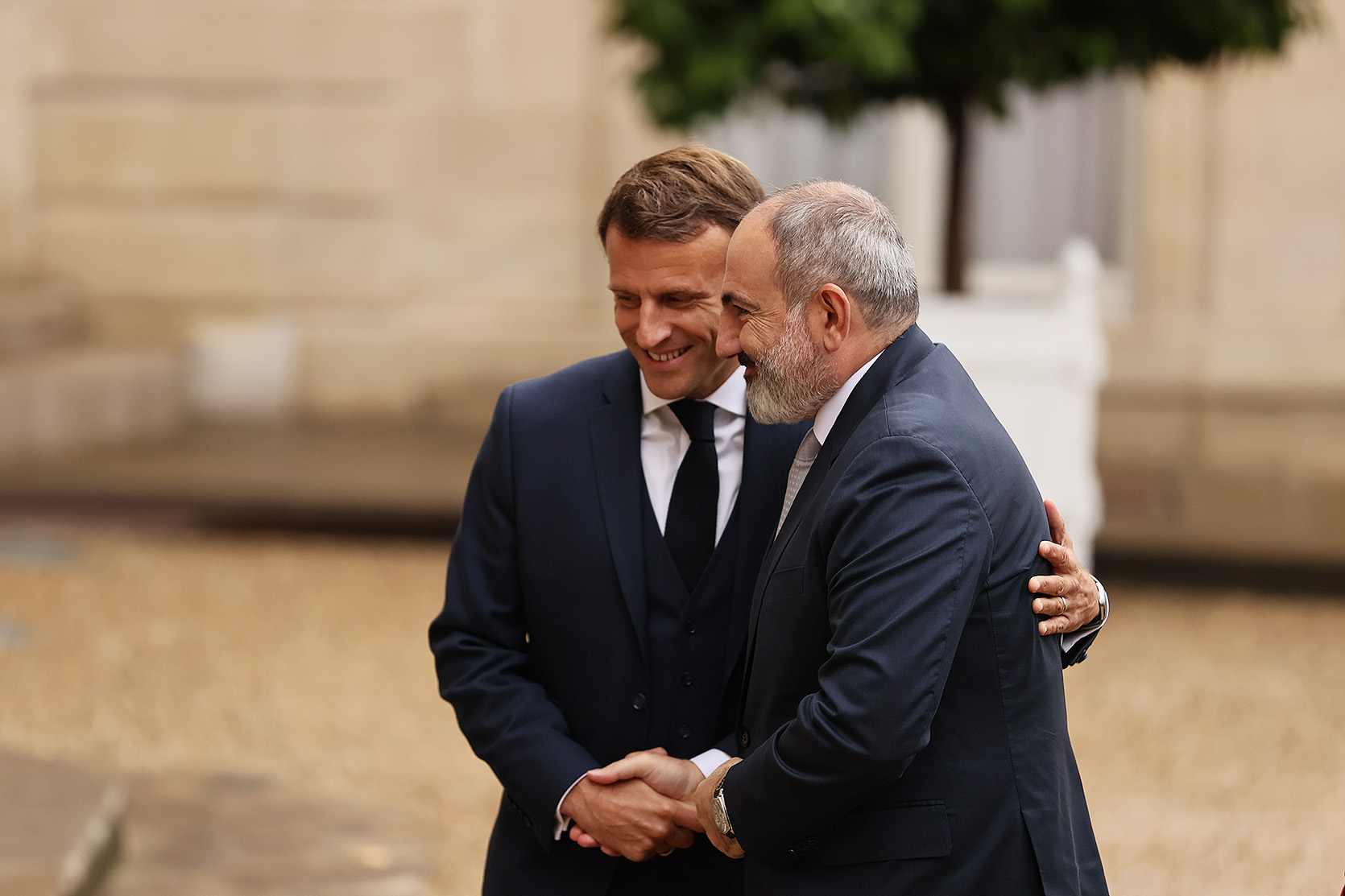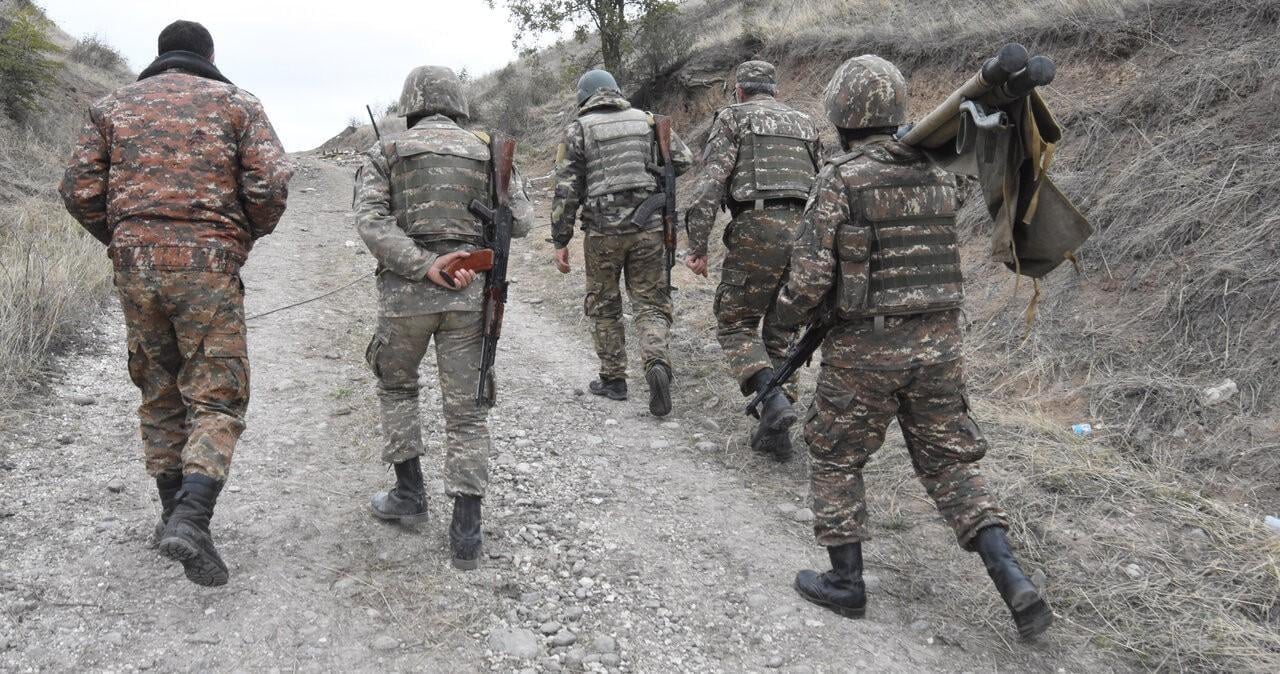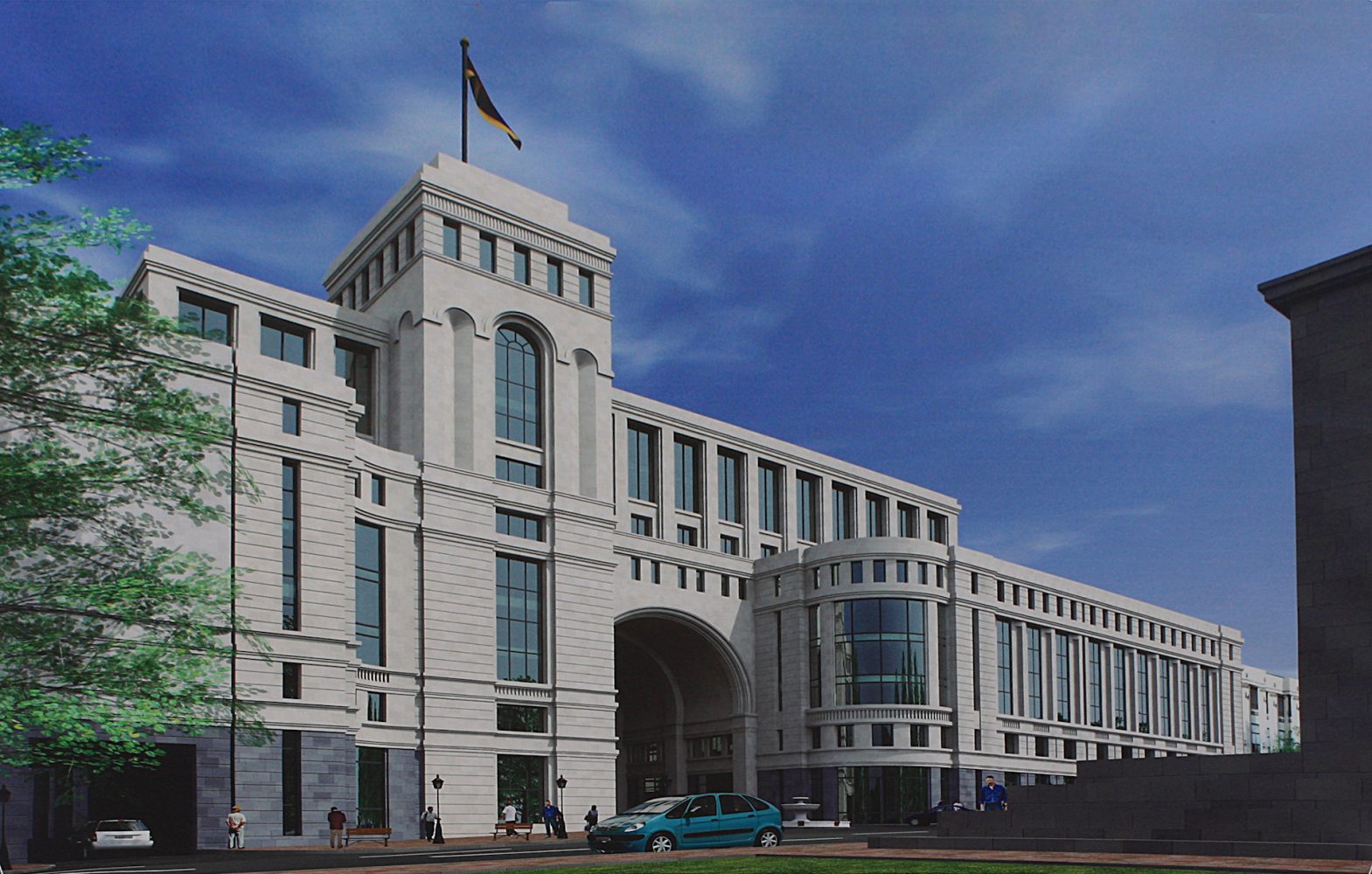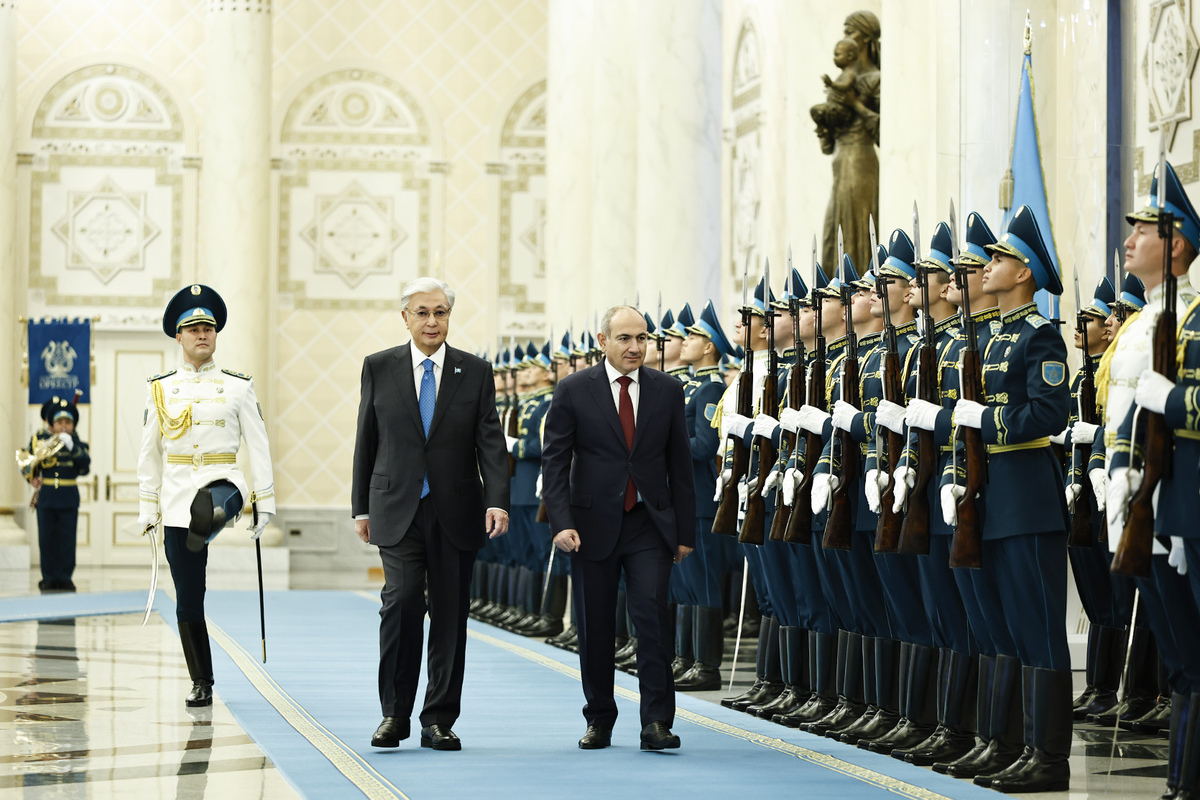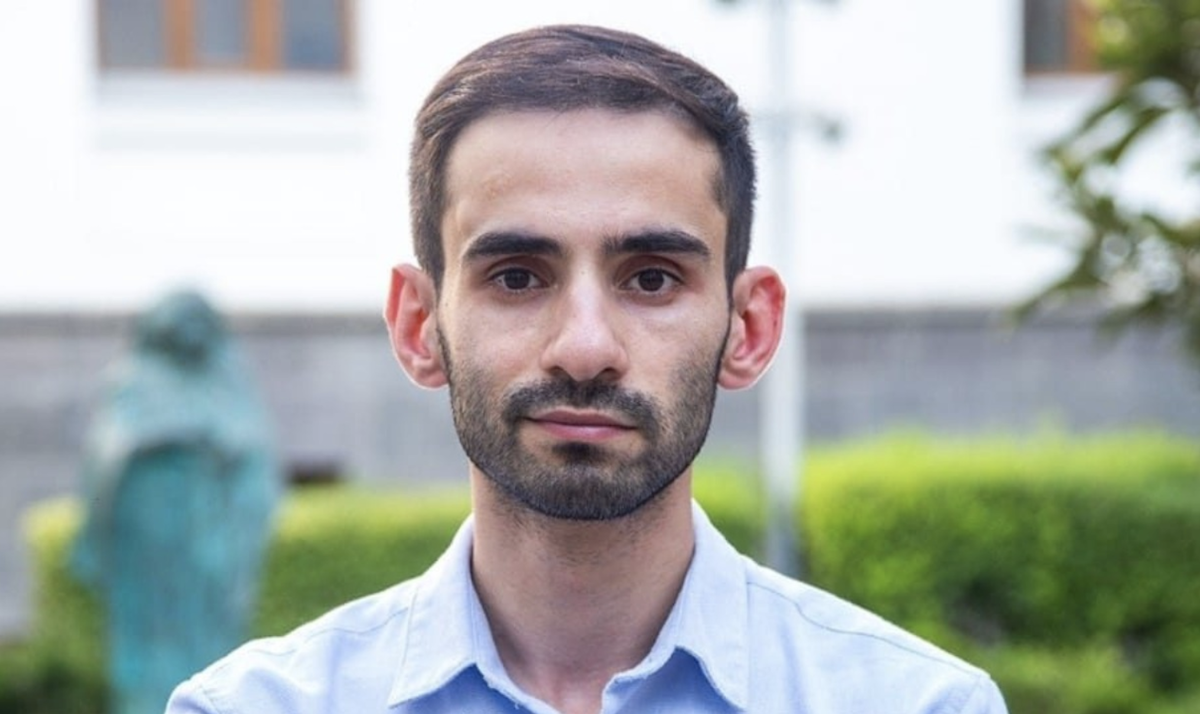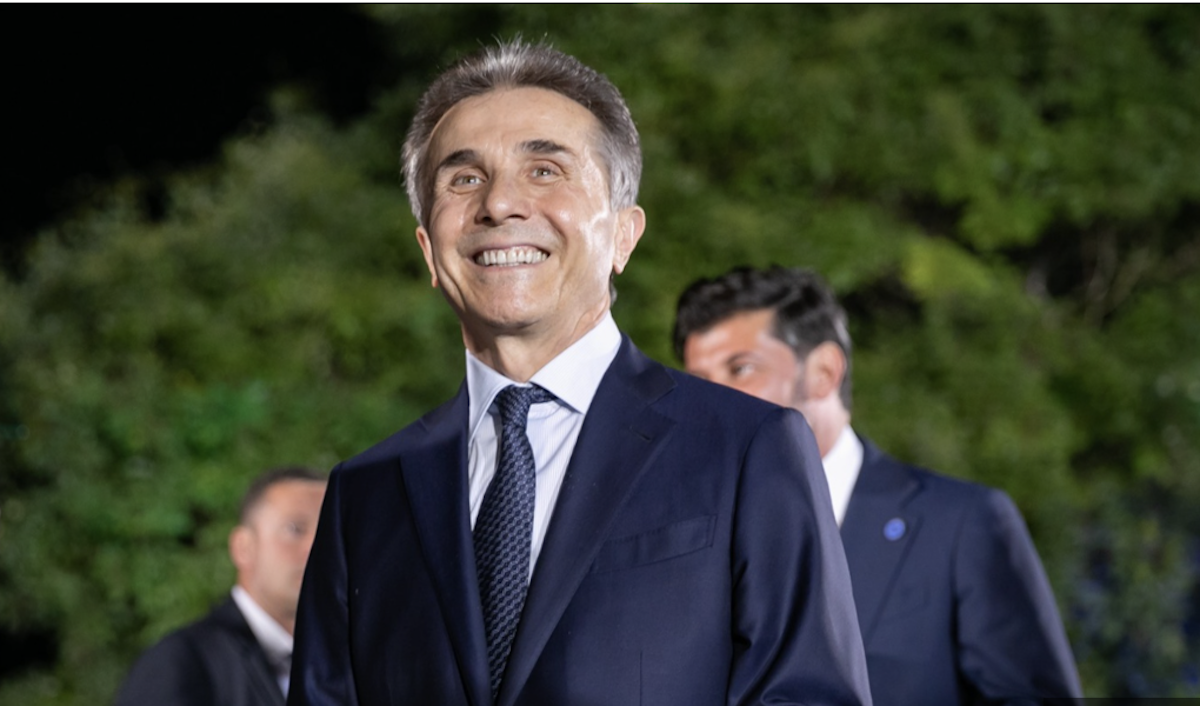“There is no need to duplicate formats”: about Armenia-Azerbaijan negotiations
Negotiation process between Armenia and Azerbaijan
Despite the ongoing tension after the hostilities of September 13-14, Armenian officials are not refusing negotiations with representatives of Azerbaijan. The next meeting of Foreign Ministers Ararat Mirzoyan and Jeyhun Bayramov is scheduled for October 2 in Geneva.
This information was confirmed by the press secretary of the Armenian Foreign Ministry Vahan Hunanyan: “Despite the provocations from Azerbaijan, Armenia will take part in the meeting. Thus, the statements of the Azerbaijani Foreign Ministry that Armenia is trying to disrupt the negotiations are groundless. Armenia, as before, is constructive, aimed at achieving a lasting peace in the South Caucasus, and expects the same of Azerbaijan.”
Earlier, on September 27, a meeting was held in the United States between Secretary of the Security Council of Armenia Armen Grigoryan and Advisor to the President of Azerbaijan Hikmet Hajiyev.
Azerbaijanologist Tatevik Hayrapetyan considers this format of meetings unnecessary, since the platform for negotiations between the foreign ministers of the two countries has long been used.
Details of the Grigoryan-Hajiyev meeting, topics of the Armenian-Azerbaijani talks, and xpert opinion on the expediency of their formats.
“Eliminating consequences of the September aggression”
Armen Grigoryan and Hikmet Hajiyev met at the White House on the initiative of US National Security Adviser Jake Sullivan.
According to the Armenian Security Council, the parties recognized the importance of eliminating the consequences of hostilities, and discussed
- the need for peace in the region,
- the process of a long-term peaceful resolution of the Nagorno-Karabakh problem.
Intense hostilities on the Armenian-Azerbaijani border began at midnight on September 13. On the evening of September 14, Armenia announced that, thanks to the intervention of international partners, an agreement had been reached on a ceasefire. The officially announced total number of dead and missing Armenian soldiers is 207 men. At least 20 soldiers were captured.
On the evening of September 28 the Armenian Defense Ministry reported that Azerbaijan had resumed hostilities, as a result of which three more soldiers were killed.
Jake Sullivan described the Grigoryan-Gadzhiev meeting as “direct and constructive.”
“We discussed the importance of preventing further violence and holding timely and focused negotiations. We have also outlined clear steps to achieve a stable and lasting peace,” he wrote on his Twitter page.
Hikmet Hajiyev also commented on the meeting on Twitter. The adviser to the President of Azerbaijan expressed gratitude to America for “discussing and promoting the agenda of lasting peace and stability in the region.”
The Secretary of the Security Council of Armenia and the Advisor to the President of Azerbaijan met three times in 2022. The talks were held in Brussels with the participation of EU Special Representative Toivo Klaar.
What issues are Yerevan and Baku discussing?
On September 28 Armen Grigoryan, who is in Washington, gave an interview to the Armenian service of the Voice of America. He called the meeting with Hajiyev productive.
According to Grigoryan, Armenia and Azerbaijan are discussing four interrelated issues: humanitarian problems, unblocking roads, delimitation and demarcation of the border, and the Nagorno-Karabakh conflict.
“We have tried to be clear about how we will move forward in these areas. The peace agreement between Armenia and Azerbaijan is connected with all this,” he said.
Grigoryan recalled that there are other formats for Armenian-Azerbaijani talks: with the participation of foreign ministers, vice-premiers, as well as heads of national security services. According to him, “the meetings of the leaders of the countries are due to the progress made in these formats.”
The Secretary of the Security Council of Armenia emphasized the positive effect of US involvement in regional processes.
As an example, he cited recent hostilities on the Armenian-Azerbaijani border. He said it was possible to stop the fighting thanks to the retaliatory actions of the Armenian army and American intervention.
Comment
Azerbaijanologist Tatevik Hayrapetyan says the Grigoryan-Hajiyev format raises questions:
“To be honest the format is incomprehensible to me, because if there is a platform for negotiations between foreign ministers, then why launch duplicate formats. What are these issues that cannot be discussed by the Ministers of Foreign Affairs, but are discussed by the Secretary of the Security Council and Advisor to the President of Azerbaijan?”
She considers direct communication between the heads of security services and defense ministers more understandable. Hayrapetyan believes that the problem is that Armen Grigoryan is not meeting with his Azerbaijani counterpart, but with Aliyev’s adviser.
The Azerbaijanologist considers this format not only problematic, but even dangerous, “just like Grigoryan’s statements”:
“It should not be forgotten that his response to Aliyev about the illegitimacy of Azerbaijan’s demand to use another route connecting Artsakh with Armenia instead of the Lachin corridor was used by Azerbaijan to unleash aggression in the Berdzor [Lachin] region on August 3. After that the route connecting Armenia with Nagorno-Karabakh was quickly changed. I’m not talking about that anymore. Before the attack on September 12, Grigoryan and Hajiyev met in Brussels in August.”
Tatevik Hayrapetyan also believes that the Brussels format of the Armenian-Azerbaijani talks has exhausted itself, and mediation should go to the United States and France:
“In the Brussels format there is not even a mention of Nagorno-Karabakh, there have never been any normal formulations arising from the interests of Armenia. This format has already proven its worthlessness. The mediation of the United States and France is more useful for us, including from the point of view of containing Azerbaijan.”
Negotiation process between Armenia and Azerbaijan










